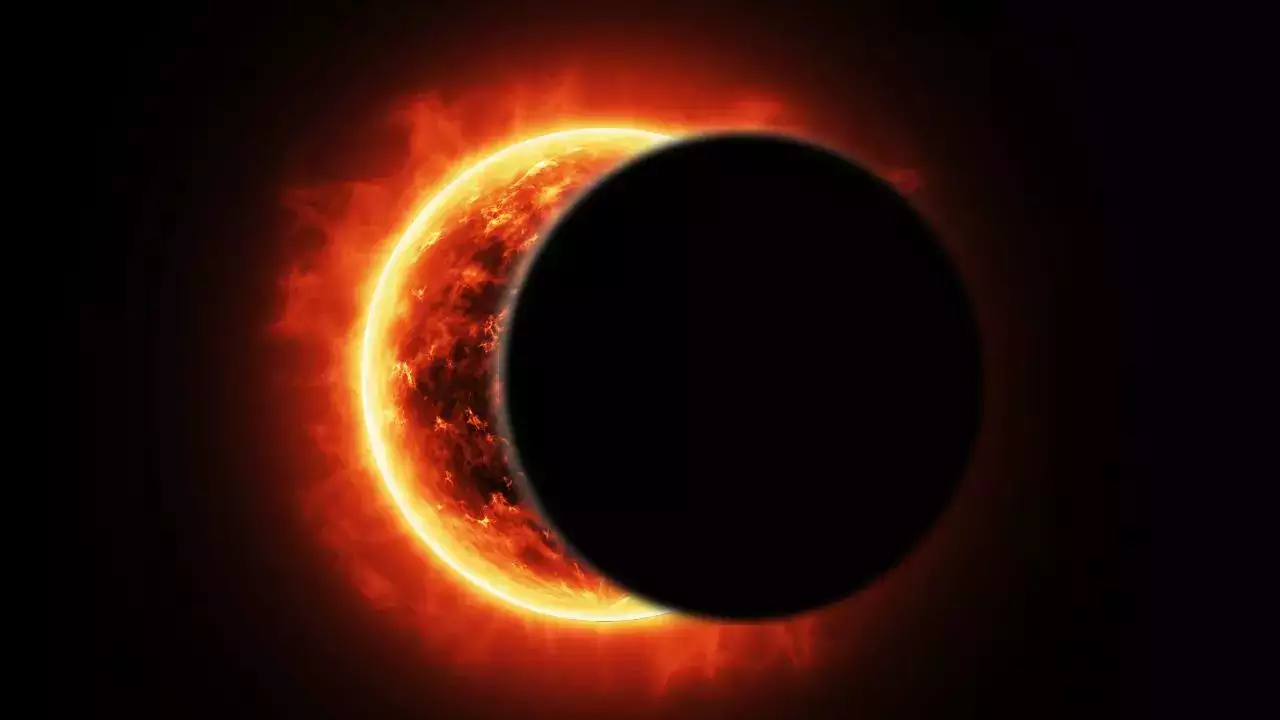Millions of people in North America are excited about the upcoming total solar eclipse on Monday. Lasting about four minutes and it offers a unique opportunity to explore the secrets of the universe. Researchers are eager to conduct various scientific experiments during the eclipse. They will launch rockets, observe animals in zoos, send radio signals, and use powerful cameras to study space.

You don’t have to be a scientist to participate in this event. There’s a chance that things might not go as planned due to solar flares or cloudy weather. Prof. Adam Hartstone-Rose from North Carolina State University will observe animals at the zoo in Fort Worth, Texas. During the last eclipse, animals exhibited unusual behaviors, such as turtles mating and flamingos protecting their chicks.
You can also join the experiment by reporting any unusual animal behaviors you observe during the eclipse. One significant aspect of the eclipse is the opportunity to study the Sun’s atmosphere, called the corona. Normally, its brightness makes it impossible to see, but during the eclipse, scientists will use instruments to observe it in Dallas, Texas.
Researchers hope to gain insights into solar wind and understand why the corona is hotter than the Sun’s surface. The eclipse’s impact on the ionosphere, which affects radio communications, will also be studied. Amateur radio operators worldwide will participate in a listening party to test radio transmissions during the eclipse.
Despite the excitement, there’s also the risk of cloud cover, which could disrupt observations. Nasa will fly WB-57 jets along the eclipse path to take high-altitude pictures. This will provide clearer images of the eclipse and help study solar phenomena. The eclipse offers a brief but valuable opportunity to learn more about our universe.
Leave a Reply